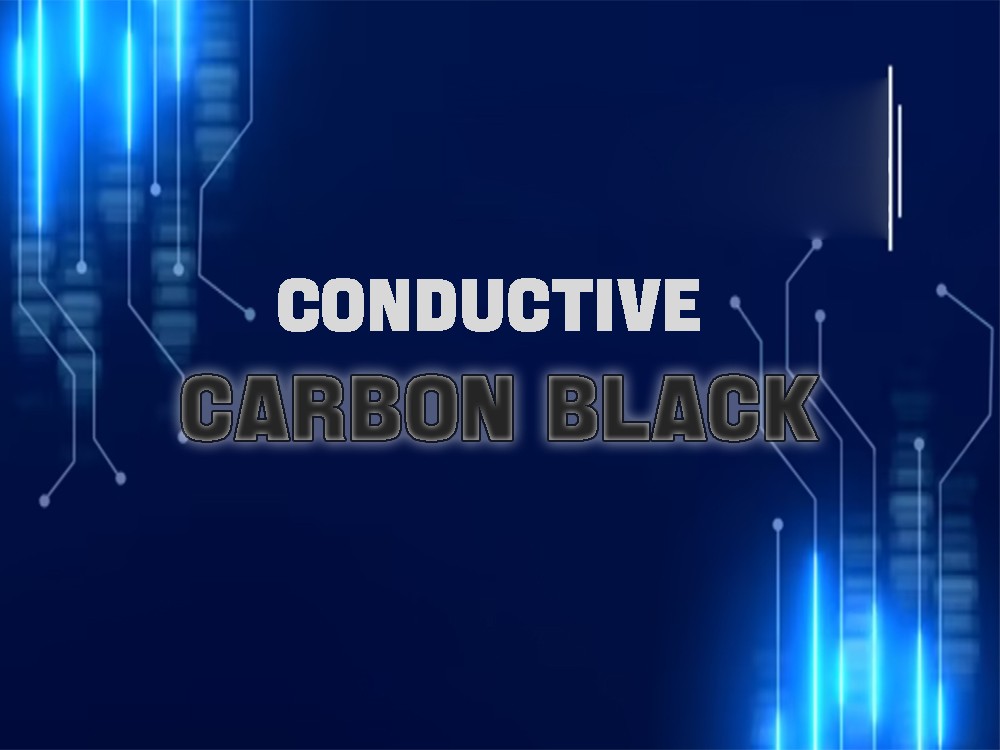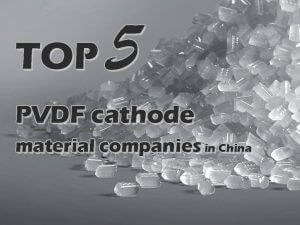Introduction of lithium battery grade conductive carbon black

What is conductive carbon black
Carbon black is a traditional conductive agent. On the one hand, it can directly participate in the construction of short- and long-range conductive networks in lithium batteries, significantly improving the electrical performance of batteries; On the other hand, its higher specific surface area can also have a certain adsorption effect on the electrolyte, through its distribution to affect the distribution of the electrolyte, improve the infiltration of the electrolyte, and indirectly increase the transmission rate of lithium ions.
At present, carbon black has been used in China for many years. Because of its high cost performance and relatively simple dispersion, it is the mainstream conductive agent in the market. In 2021, the application of carbon black conductive agent in China’s power battery conductive agent will account for 60%.
The aggregate is a three-dimensional chain branch structure formed by the collision of primary particles in the cracking furnace, and is the smallest indivisible unit in the physical dispersion process of carbon black. Due to the different collision modes of different processes, the aggregates formed are also large or small, compact or loose.
In general, the larger the aggregate and the more irregular its shape, the more air it will have inside, the higher the product structure value, and the stronger its ability to form a conductive network in the pole piece. It is reflected in the test index, that is, the greater the oil absorption value, the greater the structure value, and the oil absorption value higher than 250 ml/100g is generally required.
The larger the specific surface area, the larger the contact area between the conductive agent and the positive electrode active particles, which is more conducive to the electron transport during the charge and discharge process, but the difficulty of dispersion also increases, and the cycle stability decreases. Excessive metal impurity content will lead to self-discharge of the battery and cause safety hazards, which are generally required to be controlled within 20ppm.
The role of conductive carbon black
1. The particle size is small, the specific surface area is large, and it has better ion and electron conductivity, so it is beneficial to the adsorption of electrolytes and improves the ion conductivity, and plays the role of absorbing and retaining liquid.
2. Carbon black has a branched chain structure formed by primary particle agglomeration, which can form a chain conductive structure with active materials, increase conductive contact points, and help improve the electronic conductivity of the material.
3.Conductive carbon black itself has high conductivity, and a small amount of addition can achieve high conductivity.
4. With less added amount, the battery can be filled with more active substances, which can increase the capacity of the battery.
5. During the charging and discharging process of the battery, the resistance will not increase with the change of the battery volume, which can improve the stability of the battery.
The main types of conductive carbon black
Conductive carbon black mainly includes acetylene black, Super P and Ketjen black. There are many small factories in China’s carbon black industry, and in the past, manufacturers mainly focused on meeting the development needs of the downstream tire industry of common carbon, and did not deeply cultivate the field of special carbon black.
| Conductive carbon black | Advantage | Disadvantage |
| SP (Super P) | Cheap and economical | The electrical conductivity is relatively poor, and the amount of addition is large, which reduces the proportion of positive active materials. |
| Ketjen black | The amount of addition is small, suitable for high-rate, high-capacity lithium batteries | Expensive, difficult to disperse. |
| Acetylene black | Good liquid absorption, which helps to improve cycle life | The price is more expensive, which affects the compaction performance of the pole piece. |
On the other hand, the lithium-ion conductive carbon black market was relatively small in the past, and manufacturers did not pay enough attention to it. In addition, the technical barriers of lithium battery grade conductive carbon black are relatively high, and the research and development of the core reactor requires a certain amount of technical accumulation. Therefore, at present, China’s lithium battery grade carbon black conductive agent basically relies on imports.
Currently, the mainstream lithium battery grade conductive carbon blacks on the market include acetylene black, SP, Ketjen black, etc., which are mainly from companies such as Hexing Chemical, French Imerys, and Japanese Lion.
Difference between ordinary carbon black and lithium battery grade carbon black
On the one hand, the precision of the equipment is different. In principle, the production lines are not much different. They all use raw material oil, burn it in a furnace, and then go through a series of post-processing. The big difference is the process equipment, such as the design of the furnace head, the furnace head of the combustion furnace in carbon black production is very critical, including the oil injection nozzle in the furnace head, etc. The precision of these parts is very critical.
No precise components are required to produce rubber carbon black. The droplets sprayed out by the nozzle and atomized do not need to be uniform or very rough; but the production of lithium carbon black has many requirements for the accuracy of the equipment.
On the other hand, post-processing is different. After carbon black is produced, it needs to be cultivated to obtain a higher structure. And this process reduces productivity. Rubber carbon black has a production capacity of three to five tons per hour or one day, while conductive carbon black has a production capacity of less than one ton per hour, so conductive carbon black takes longer to cultivate.
After that, the production of conductive carbon black needs to deal with metal ions, which will take a long time, and there will be some auxiliary equipment to help it deal with it to a very small level, while rubber carbon black does not need to deal with metal ions.
Index and performance relationship of conductive carbon black
The indicators of conductive carbon black include iodine absorption value, oil absorption value, apparent specific volume, ash content, resistivity, pH, particle size, specific surface area, moisture, sieve residue, volatile matter, impurities, etc. However, the indicators related to its conductivity are mainly: particle size, oil absorption value, specific surface area, surface volatile matter, ash content and moisture.
The relationship between oil absorption value and conductivity: The oil absorption value represents the level of the aggregate structure of conductive carbon black. Generally, when the oil absorption value is high, the conductive carbon black has a chain branch structure, and the conductivity is better. Therefore, the choice of conductive carbon black with good conductivity depends on the carbon black product with high oil absorption value of carbon black.
The relationship between particle size and conductivity: Theoretically, the smaller the particle size, the more particles per unit volume, which is beneficial to improve conductivity, but it also depends on what kind of products carbon black is used in, and then make a suitable choice.
The relationship between surface volatile matter and electrical conductivity: the volatile matter on the surface of carbon black is mainly composed of some organic groups and the oil film that has not been completely cracked, forming an insulating layer increases the potential barrier between carbon black particles and seriously affects the conductivity, so the volatile must be controlled to a lower limit.
The relationship between specific surface area and electrical conductivity: the specific surface area index of conductive carbon black is divided into nitrogen adsorption surface area and CTAB surface area, both of these will affect the conductivity of carbon black. When selecting conductive carbon black, it is generally required that the difference between the nitrogen adsorption surface area of carbon black and the CTAB surface area is large.
The relationship between ash and moisture and electrical conductivity: the high content of ash and moisture in carbon black actually reduces the content of conductive carbon black, which also has an adverse effect on electrical conductivity. When choosing carbon black, pay attention to controlling the content of ash and water in carbon black.
Conductive carbon black market size
Conductive carbon black is applied to the technology of lithium-ion batteries. Currently, Cabot in the United States and Imerys in France are able to use conductive carbon black in lithium-ion batteries. At present, Chinese enterprises have not used conductive carbon black in lithium-ion batteries on a large scale. In view of the vacancy in the Chinese market, some Chinese companies are still in the research and development stage. In the future, the use of domestic conductive carbon black in lithium-ion batteries is expected to usher in a breakthrough.
From the perspective of the global conductive carbon black market size, the market production capacity in 2021 is about 32,000 tons, and by 2025, with the expansion of production by major manufacturers, the production capacity is expected to reach about 100,000 tons. In 2021, the demand of China’s conductive carbon black industry will be 16,400 tons, a year-on-year increase of 76.34%. It is expected that the Chinese market will maintain rapid growth in 2022, and the demand is expected to reach 28,600 tons.
If you want to know about other conductive agents introduction, please refer to carbon nanotube, graphene material, battery materials.




























